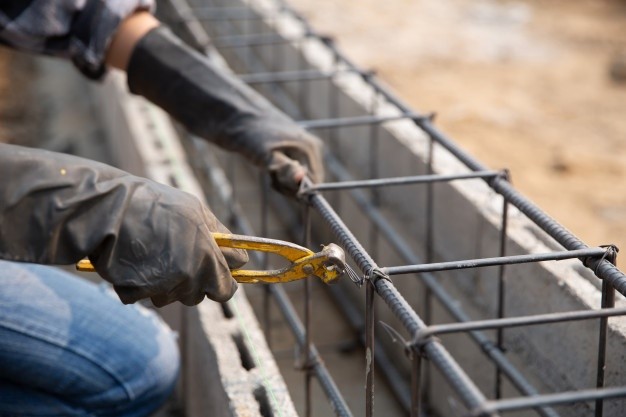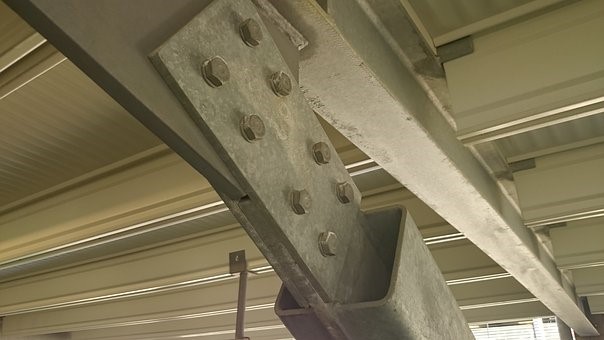Beam and bar elements are some of the most commonly used components in construction. However, despite their widespread use, their design and applications are poorly understood. Inexperienced operators often use beam and bar components interchangeably, which can lead to negative outcomes.
Using beams and bars during a project might seem like a relatively straightforward task, but there’s significant depth to each.
However, before we go over the differences in design and applications, let’s go over the three offset systems that define the behavior of every beam and bar component.
Beam/Bar Offset Systems
- Neutral Axis (NA)
Neutral axis refers to bending neutral planes. In beam components, the axis is offset from the shear center axis. On the other hand, all axes are identical in bar components.
- 2. Shear Center (SC)
Shear center is defined as the point on the cantilever beam where no twisting is produced when a load is applied. In symmetrical cross-sections, when external forces pass, they move through the shear center rather than the center of gravity. The shear center is applicable to beam elements.
- Non-Structural Mass (NSM)
Non-structural mass refers to the mass of components that has negligible structural stiffness. However, these components do add mass from the shear center axis and along the specified offset axis.
Now that we’ve covered different offset systems, let’s dive in and take a look at the two main differences between beam and bar components.
1. Design
Beams are found in different cross-sectional shapes, including L-Beam, T-Beam, I-Beam, and Channels. A better strength-to-weight ratio can be achieved by keeping more material on the upper and bottom layers while keeping the middle section slim. Consequently, the most popular beam is the I-Beam.
Bars usually have a circular cross-section and are quite elastic in nature. Steel bars come in different diameters and strengths for different applications.

2. Loading Behavior
Beams are usually placed in a horizontal position and supported by columns on both ends. Beams carry load from the slab and distribute it across columns. They are subjected to transverse and axial load. Beams are structural members of the building and resist lateral loads.
On the other hand, bars are used as reinforcement and subject to only axial load. They are used in different structural elements like columns, beams, footing, and slabs to adequately resist tensile force.
Looking for high-quality structural steel products in Texas? Reach out to us now.
As a leading steel distributor in North America, we offer a variety of structural steel products, including steel beams, steel channels, steel PBR panels, and steel bars. For more information, contact us now.



